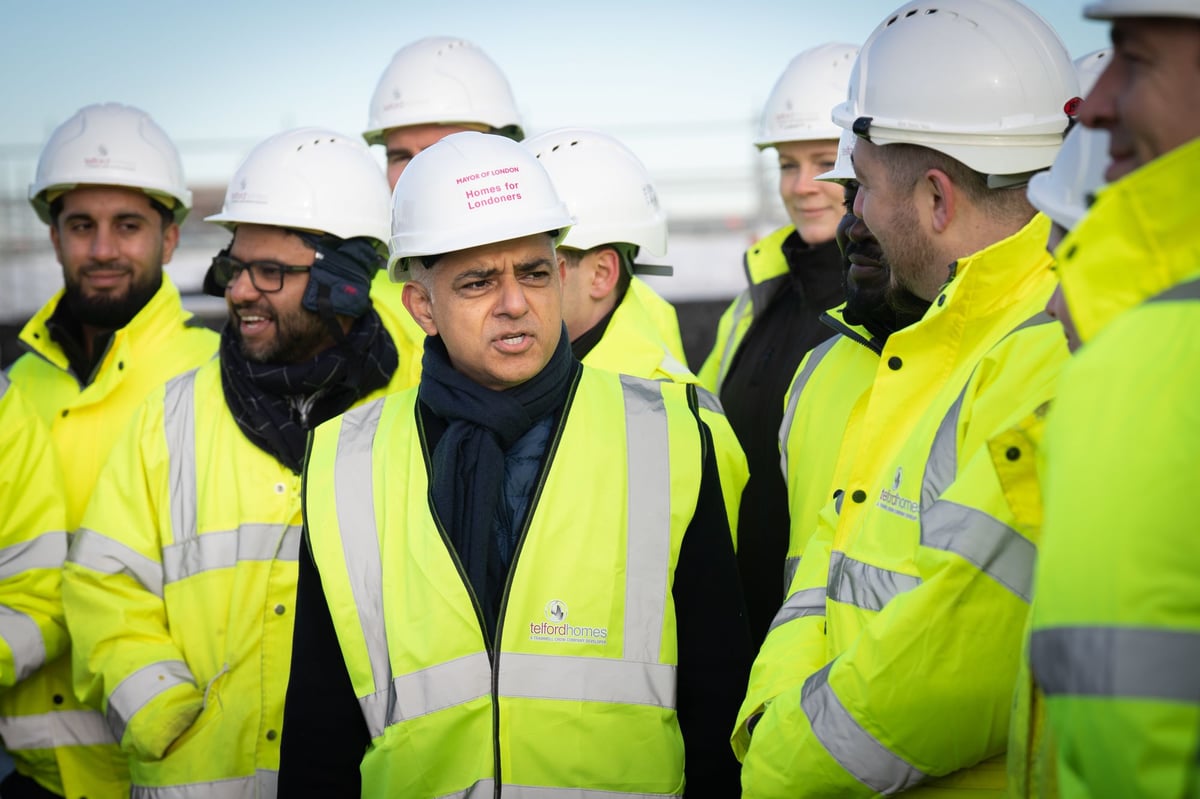Sadiq Khan has launched an ambitious £3.5 billion initiative, a significant reboot of his affordable housing program, aiming to address London’s persistent housing crisis. Central to this renewed effort is the pledge to construct 40,000 new council homes by 2030, a clear signal of his commitment to making “building more homes” the paramount priority of his third term. This bold plan seeks to alleviate the severe shortage impacting countless Londoners, highlighting a critical phase in the city’s urban development.
Despite these grand aspirations, City Hall openly acknowledges the monumental task ahead. London faces an uphill battle to provide the sheer volume of residences required, with government estimates suggesting a need for 87,992 new homes annually from 2026 onwards. This stark figure underscores the scale of the challenge and the urgency behind the mayor’s comprehensive strategy for London housing.
Beyond the 40,000 council homes, the mayor’s blueprint includes several other transformative targets. These encompass the creation of 6,000 “rent control” homes specifically designated for key workers, providing much-needed stability. Furthermore, Khan plans to establish a new “interventionist” City Hall developer, signaling a more proactive approach from the local authority in directly influencing the supply of affordable homes.
However, recent assessments reveal the depth of the challenge. The annual London housing monitor, published by the London Assembly, indicated a significant shortfall in previous commitments. Less than a third of the 17,800 affordable homes promised between 2021 and 2026 have commenced construction, illustrating the substantial gap between targets and current progress in council housing delivery.
In addition to new builds, Sadiq Khan has earmarked a substantial almost £600 million over the next three years. This significant investment is dedicated to assisting and housing associations in renovating and upgrading existing social housing stock. This dual approach aims to improve living conditions for current residents while simultaneously expanding overall housing capacity in the capital.
City Hall attributes the ongoing homebuilding crisis to a confluence of economic factors. The report highlights “steep falls” in housing starts, completions, and planning applications, directly linking these declines to higher inflation and escalating construction costs. These economic pressures pose significant hurdles to the rapid expansion of urban development in the city.
The housing crisis extends beyond just new construction, encompassing critical issues of safety and habitability. Eight years post-Grenfell Tower, over a third of high-rise buildings with unsafe cladding have yet to begin remediation works. Furthermore, a concerning 14 percent of privately rented homes and eight percent of social rented sector properties in London fail to meet the Decent Homes Standard, emphasizing the broad scope of the housing challenge facing City Hall. The long-term vision also includes the imperative to make 210,000 homes more energy efficient annually to achieve London’s net-zero target by 2030.






Leave a Reply